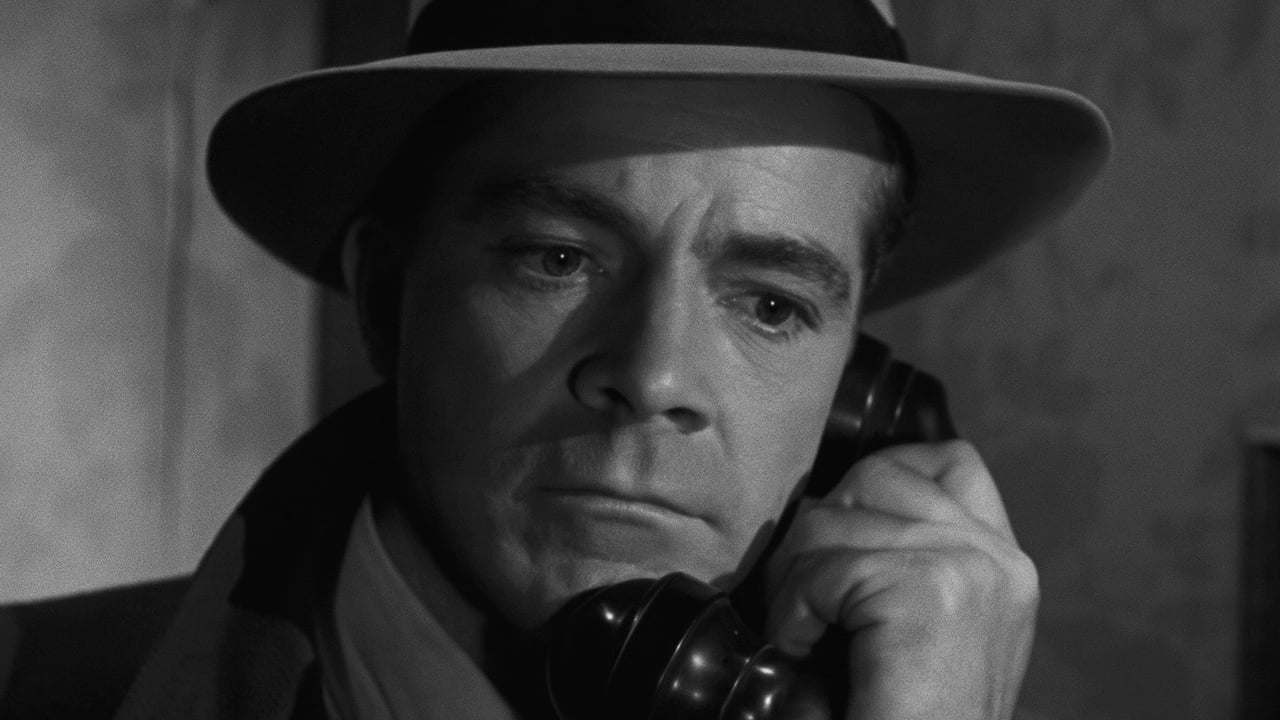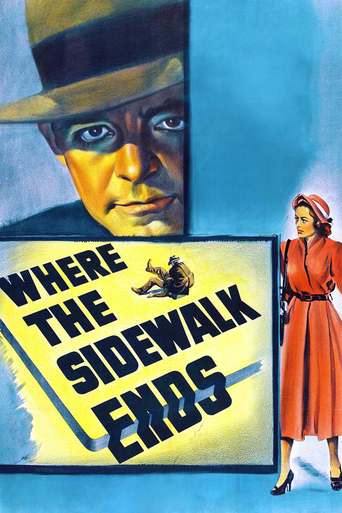ada
the leading man is my tpye
Titreenp
SERIOUSLY. This is what the crap Hollywood still puts out?
GarnettTeenage
The film was still a fun one that will make you laugh and have you leaving the theater feeling like you just stole something valuable and got away with it.
Dirtylogy
It's funny, it's tense, it features two great performances from two actors and the director expertly creates a web of odd tension where you actually don't know what is happening for the majority of the run time.
JohnHowardReid
Producer: Otto Preminger. Copyright 4 July 1950 by 20th Century-Fox Film Corp. New York opening the Roxy: 7 July 1950. U.S. release: July 1950. U.K. release: 18 September 1950. Australian release: 1 December 1950. 8,502 feet. 94 minutes.SYNOPSIS: A tough policeman with a reputation for beating confessions out of criminals, is sent to question a man suspected of murder. He becomes involved in a fight, and accidentally kills the man. The cop believes that a gang leader, Scalise, is responsible for the original crime, and that if he succeeds in concealing his own guilt he can secure Scalise's conviction for both murders. Unfortunately he meets and falls in love with the victim's widow.COMMENT: Preminger always stated in interviews that he remembered absolutely nothing about this movie. Certainly he doesn't even so much as mention it in his autobiography. That's a pity because there are two very interesting people involved with the production: Screenwriter Ben Hecht (under the pseudonym Rex Connor - though TV prints now credit Hecht in big letters); and dress designer Oleg Cassini (under the pseudonym Don Appel - get it, Don Apparel) who gives a remarkable performance as the spiv, Willie Bender. At the time, Cassini was married to star Gene Tierney.Producer/director Preminger liked unusual casting. He brought Clifton Webb back to the screen for Laura and he was later to introduce director John Huston in front of the cameras for The Cardinal, plus lawyer Joseph N. Welch in Anatomy of a Murder, unknown Jean Seberg in Saint Joan, politician John V. Lindsay in Rosebud.Yes, it's amazing Preminger remembers nothing about this movie. An obvious spin-off from Laura, it suffers from a typically limpid performance from Gene Tierney - who fortunately makes a late entrance, but then efficiently proceeds to slow down the pace which till then had been memorably brisk. Fortunately, Miss Tierney makes amends by lending her husband to the film, a bit of really inspired casting. Dana Andrews of course is as stiff as usual, but there's a great support cast of typically Hechtian characters (complete with sharp dialogue) who are vigorously brought to life. (Cassini incidentally has yet another role here - playing himself). Even more important than this fine array of character players, we have Gary Merrill giving the performance of his life as the smarmy gangster. Classily semi-documentary Fox in flavor and style with lots of location shooting in glossily low-key photography, and a cleverly integrated music score using Alfred Newman's famous "Street Scene", Where the Sidewalk Ends, despite its faults, is a definite must for the film noir connoisseur.
pruthvishrathod
Featuring a tough cop, Where the Sidewalk Ends starts like any usual homicide investigation film-noir. It also includes a crime-boss, a few clashes, an attractive female-lead, romance affair and a serious crime. But, the film transcended my expectations as it proceeded further. The best thing about the film is the character of its protagonist. Dana Andrews once again plays the hot tempered detective here but his character is much more complex than in Laura. The story brilliantly develops around this character and his actions. The romance affair is also portrayed nicely without interrupting the flow and all the supporting characters suits well. Gene Tierney was magnificent once again but sadly her scope is quite limited this time.The key feature of this film is the way it covers different shades of its lead character. Dana Andrews does his part brilliantly. Like any common man, his character has a few weaknesses which leads to a serious crime. The story is carefully handled and proper emphasis is given to regrets and decisions of its protagonist. This clearly stands out and we get much more from the film than what its premise promises. Climax is equally good giving it a solid finishing note. Another Compelling noir from Otto Preminger.
noche101
I just watched this film for the first time, never having heard of it before. When I saw the names Dana Andrews and Gene Tierney in the opening credits, I paused. Was this "Laura"? Thank goodness it wasn't. "Laura" is a film that has always left me cold and underwhelmed. This film was engaging, gritty, and there was real chemistry between the leads. Dana Andrews is a guilt-ridden cop torn between right and wrong, love, and hate. Gene Tierney has a warmth and humanity that makes her a sympathetic victim and the only hope Mark has of redemption. I found myself rooting for these star crossed lovers who need each other despite the secret between them. I loved the scenes at Martha's restaurant.... And Mark's moral dilemma had me at the edge of my seat until the very end. Loved it!
JoelGrennon
When you think of the cinema in the late 40's early 50's of the nineteenth century the first thing that should come to mind is Film Noir. With the timidly evil detective and the New York City scenery,i'd have to say this film matches that genre exact. However, I do have to admit I had a hard time paying attention to the entire film due to the lack of interest I had with the plot. I felt as if I was watching people talk the entire time. Maybe it had to do with the lack of cinematography in the film. There were some interesting shots here and there for instants the shot where the man is looking out the window down at a taxi cab. The window frames the shot very well, but besides that it was mainly just people conversing in a room full of furniture. On the other hand the smoothness of the camera work was something my eye did catch. With the amount of talking there was, the camera moves very smoothly from person to person with a limited amount of cuts. It created a very fluid way of traveling scene to scene.

